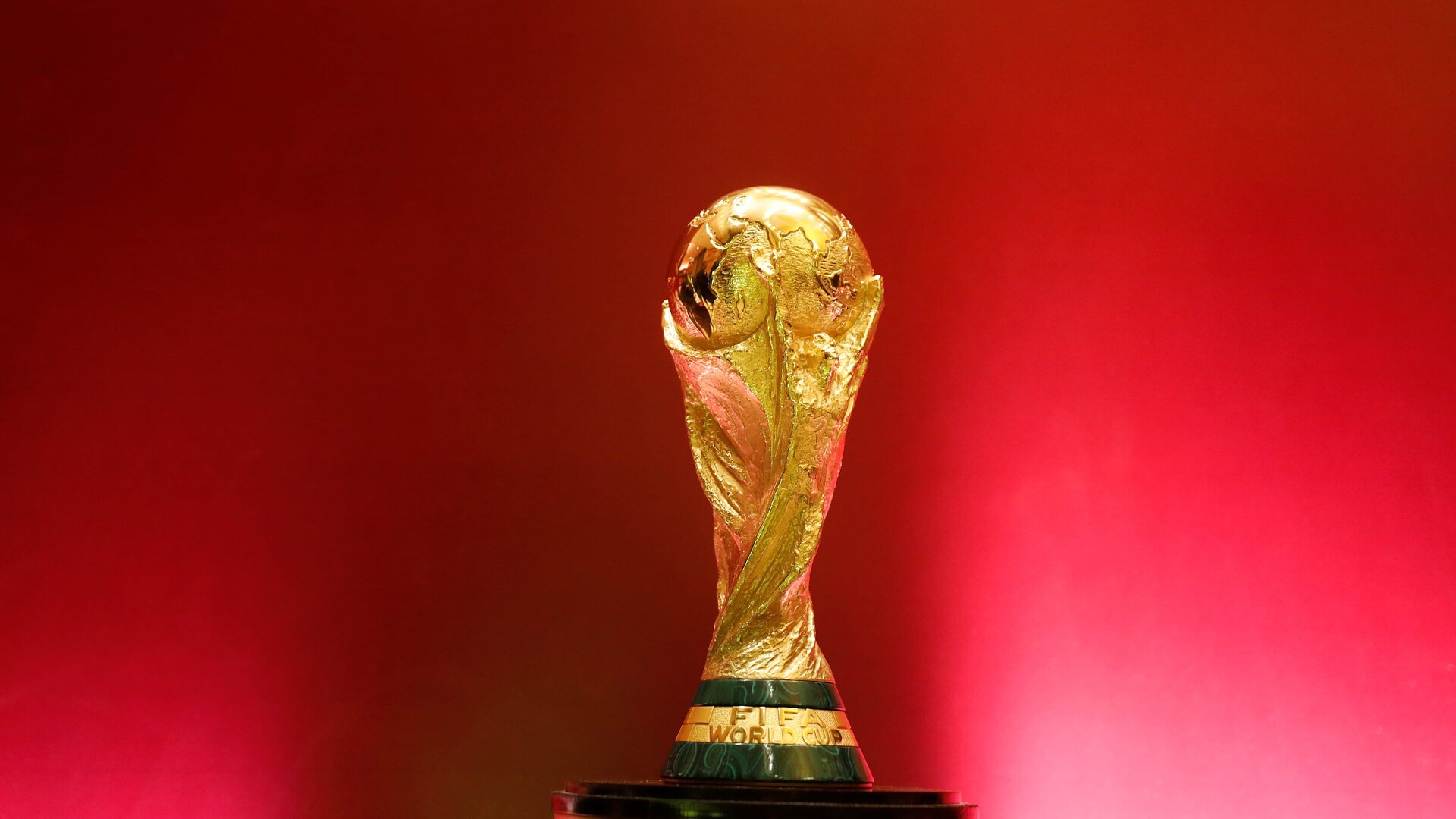Study reveals Biennial FIFA World Cup would generate $4.4 billion profit

(Courtesy : Olympics)
FIFA has decided to distribute this profit among all 211 member nations.
Two independent feasibility studies have projected that there would be a strong upturn in football’s economic situation for FIFA’s 211 member associations (MAs) should the women’s and men’s FIFA World Cups move to a biennial format.
The findings, from Nielsen and OpenEconomics, were presented during the FIFA Global Summit, which took place as an online meeting attended by 207 out of 210 eligible MAs. The summit was staged as the latest step in the future of football consultation process as international match calendars for women’s and men’s football are set to expire in 2023 and 2024 respectively.
“We have been advised by independent experts that a switch to biennial FIFA World Cup would provide a combined additional USD 4.4 billion in revenue from the first four-year cycle, with these funds being distributed across our 211 member associations,” said FIFA President Gianni Infantino. “This additional revenue would allow solidarity funding to move from the current level of USD 6 million per cycle to up to potentially USD 25 million on average per FIFA member association in the first four-year cycle, with the actual distribution being subject to FIFA’s governance principles.”
Based on the findings of the feasibility studies, the additional revenues (up to USD 25 million per MA) would be distributed as follows:
- A USD 3.5 billion solidarity fund would be established with revenues to be distributed to all MAs, thus injecting an average of up to USD 16 million to every MA, while also retaining a capacity to mitigate against any financial shortfalls suffered by any MA due to the international match calendar changes.
- FIFA’s Forward distribution for every MA would increase by 50% to USD 9 million per cycle.
“Our intention is to help ‘bridge the gap’ between FIFA member associations and to give as many of them a more realistic chance of playing on the global stage,” the FIFA President added.
In addition, the Nielsen research, which focused on financial matters, concluded that should confederations also switch their men’s final tournaments to a biennial cycle, the overall uplift for world football would be in the region of USD 6.6 billion in the first four-year cycle.
Meanwhile, the OpenEconomics study that centred on macroeconomic perspectives concluded that a move to a biennial cycle for the men’s FIFA World Cup™ would produce a gross domestic product (GDP) gain of more than USD 180 billion over a 16-year period, while generating two million full-time jobs.
“FIFA’s commitment to the future of football remains resolute, as we want to give every talent a chance, and to create the right environment to deliver on that promise through our competitions,” said FIFA Chief of Global Football Development Arsène Wenger. “We want to reorganise the international match calendar, especially to promote and improve football, while respecting all stakeholders – and that begins with the players themselves, by introducing a mandatory rest period.”
As part of his plan, national-team fixtures would be grouped together under a new international match calendar leading to less travel for the players. The number of home and away fixtures would be determined after further consultation with MAs, but a reduction is planned in the quantity of days for which clubs would have to release players. In addition, novel hosting and co-hosting proposals were presented during the summit to accommodate annual FIFA youth tournaments as part of the programme to give every talent a chance.
“We understood from the start of this process that women’s football needed to be looked at from a different perspective, and this has been a rewarding experience,” said Jill Ellis. “Our proposal to optimise the women’s international match calendar also examines player welfare and the need to protect players. A move to a biennial FIFA Women’s World Cup is part of the plan, together with better development pathways and the need to establish global equality and opportunity in the women’s game. The potential for growth is already with us, and thanks to innovations such as a new commercial programme, we are also creating the right environment for a global women’s club competition to be established as part of the future of women’s football.”
FIFA plans further consultations with confederations and MAs in early 2022, with the opportunity to examine these studies in further detail. All documentation related to the feasibility studies, including supporting documentation and videos, will be published on FIFA channels in the coming days.
For more updates, follow Khel Now on Twitter, Instagram and Facebook.
Where passion meets insight — blending breaking news, in-depth strategic analysis, viral moments, and jaw-dropping plays into powerful sports content designed to entertain, inform, and keep you connected to your favorite teams and athletes. Expect daily updates, expert commentary and coverage that never leaves a fan behind.
- Al Ittihad vs Al Shabab Preview, prediction, lineups, betting tips & odds | Saudi Pro League 2025-26
- Senegal vs DR Congo Preview, prediction, lineups, betting tips & odds | AFCON 2025
- Uganda vs Tanzania Preview, prediction, lineups, betting tips & odds | AFCON 2025
- Pisa vs Juventus Preview, prediction, lineups, betting tips & odds | Serie A 2025-26
- Supercomputer predicts Premier League 2025-26 season's final standings
- Top six quickest players to reach 100 Bundesliga goal contributions; Kane, Aubameyang & more
- Top three highest goalscorers in French football history; Kylian Mbappe & more
- With ₹19.89 crore bank balance; AIFF & Indian football standing on edge of financial collapse?
- AFCON 2025: All nations' squad list for Morocco
- Zlatan Ibrahimović names one of Lionel Messi’s sons as his “heir”